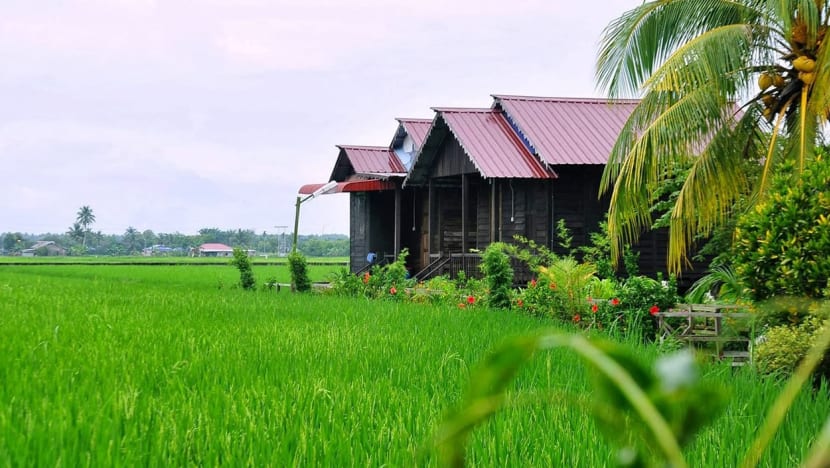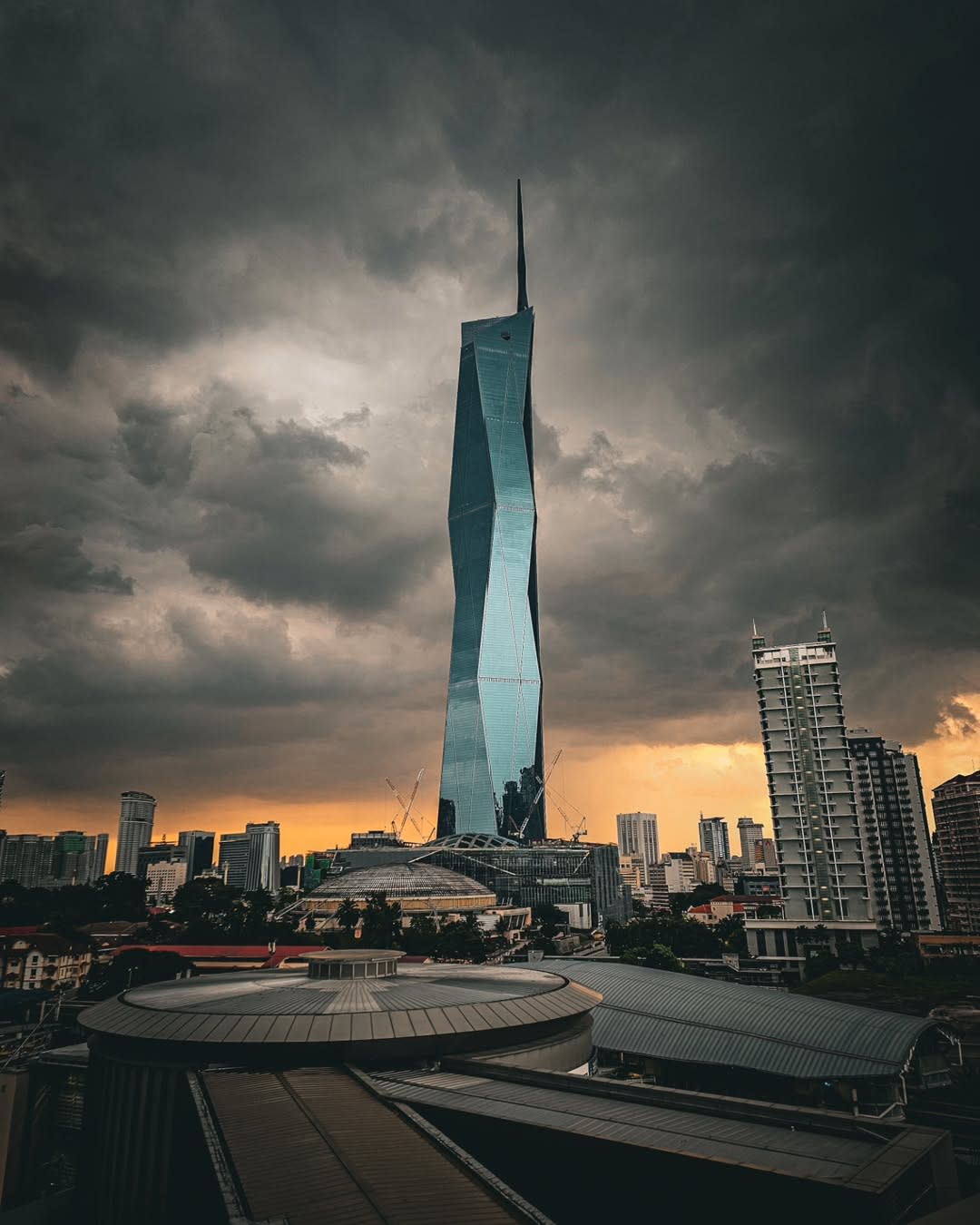Commentary: Malaysia wants 35 million tourists in 2026. Can its environment keep up?
Malaysia hopes to attract over 35 million tourists in 2026, but its current approach raises questions about long-term sustainability and environmental impact, says Southeast Asian politics expert Sophie Lemiere.

File photo of the Petronas Twin Towers in Kuala Lumpur. Malaysia has announced plans to attract 31.4 million tourists this year and 35.6 million tourists in 2026. (Photo: Tourism Malaysia)

This audio is generated by an AI tool.
KUALA LUMPUR: Malaysia has plans to bring in 31.4 million tourists this year and 35.6 million tourists in 2026. Those numbers are ambitious, considering Malaysia welcomed just over 25 million tourists last year, falling short of its 27.3 million target.
As consumer spending tightens globally and further uncertainty on the horizon with US President Donald Trump’s tariff rollout, Malaysia could certainly benefit from boosting tourism to cushion its economy. More visitors mean more spending; Malaysia is aiming to generate RM125.5 billion (US$28.7 billion) in tourism receipts this year.
As part of this renewed push, Malaysia last month rolled out a 35-minute Visit Malaysia 2026 promotional video. The video, costing RM1.9 million, sweeps through Malaysia’s vast natural and cultural wonders, iconic landmarks and culinary and shopping scenes.
“Ready for the adventure of a lifetime? Malaysia awaits!” states the blurb for the video.
Every state had its moment in the spotlight, but what was missing was a clear commitment to sustainable tourism. This is important if Malaysia is to grow its visitor numbers without compromising the very attractions it is promoting.

ENVIRONMENTAL WARNING SIGNS
Tourism is a vital economic engine for Malaysia, contributing about 15 per cent of the country’s gross domestic product. It is also Malaysia’s biggest employer, hiring about 4 million people or about 20 per cent of the labour force.
But focusing too much on tourist numbers can strain local infrastructure, harm fragile ecosystems and lead to long-term environmental damage. This approach is shortsighted, especially in the face of escalating global warming and environmental degradation.
Malaysia’s ecosystems are already under immense strain from climate change and human activity. Floods, deforestation, mangrove disappearance and wildlife poaching are just some of the issues plaguing the country.
For instance, Malaysia has lost 50 per cent of its mangrove cover over the past decade due to illegal logging, aquaculture and pollution. Mangroves are not only critical carbon sinks but also natural barriers against flooding and tsunamis. Their destruction has left coastal communities vulnerable to rising sea levels and extreme weather events, which are becoming increasingly frequent due to global warming.
In 2024, severe floods displaced about 140,000 in Malaysia, highlighting the country’s growing vulnerability to climate change. Last month, over 10,000 people were evacuated in Johor due to severe floods.
Deforestation is another pressing issue. Malaysia has one of the highest rates of forest loss in the world, driven by timber and palm oil plantations, logging and urban expansion. Between 2000 and 2023, the country lost 31 per cent of its tree cover, according to Global Forest Watch.
This has had devastating consequences for biodiversity, including the near-extinction of iconic species like the Malayan tiger, whose population has plummeted from 3,000 in the 1950s to fewer than 150 today. Poaching and habitat destruction continue to threaten other wildlife, such as orangutans and pygmy elephants, further eroding Malaysia’s natural heritage.

SUSTAINABLE TOURISM
Against this backdrop, Malaysia’s push for mass tourism must be handled with care.
Countries like Costa Rica have shown what sustainable tourism can look like. In the 1980s, the country faced one of the highest deforestation rates in the world, losing over half of its forest cover.
However, through a combination of strict environmental laws, community engagement and innovative policies, Costa Rica successfully reversed deforestation. This transformation has made Costa Rica a model for sustainable tourism, attracting visitors who value its commitment to preserving nature.
Malaysia could adopt a similar approach by prioritising conservation and sustainable practices. Instead of promoting mass tourism, the country could focus on high-value, low-impact tourism that protects its natural resources and benefits local communities. One way to achieve this is by imposing a quota system, similar to Bhutan’s “high-value, low-volume” tourism model.
The country limits visitor numbers and charges a daily sustainable development fee of US$100 per person, which it reinvests in conservation and community development. As a result, Bhutan has maintained its pristine landscapes and unique culture, making it one of the most exclusive and sought-after destinations in the world.
Malaysia could implement a similar model in its most ecologically sensitive areas, such as Sabah’s rainforests or the coral reefs of Semporna. Quotas are already in place for Sipadan Island Park but an increase in the number of permits in recent years raised controversies and represents a threat to the island’s eco-system.

Overall, by limiting visitor numbers and charging higher fees, the country could generate significant revenue while protecting its natural treasures.
This approach would also appeal to eco-conscious travellers, who are increasingly seeking destinations that prioritise sustainability. According to a survey in March by Agoda, 68 per cent of Asian travellers consider sustainability when planning their trips.
WHAT WILL BE LEFT FOR THE NEXT GENERATION?
The Visit Malaysia 2026 campaign still has time to evolve.
It doesn’t have to reinvent the wheel, but it should rethink the implications of mass tourism on its ecosystems and communities.
The question Malaysia faces is what kind of legacy it wants to leave its future generations.
For Malaysia to transform its tourism industry into a force for good will require a bold leadership, a commitment to conservation and a willingness to prioritise long-term sustainability over short-term gains.
Dr Sophie Lemiere is a political anthropologist who specialises in Malaysian and Southeast Asian politics, and has held research and teaching positions in major universities across Europe, the United States and Southeast Asia. She is currently Adjunct Fellow at the Center for Strategic and International Studies, a Washington-based think tank, as well as Research Fellow at College de France in Paris.

















